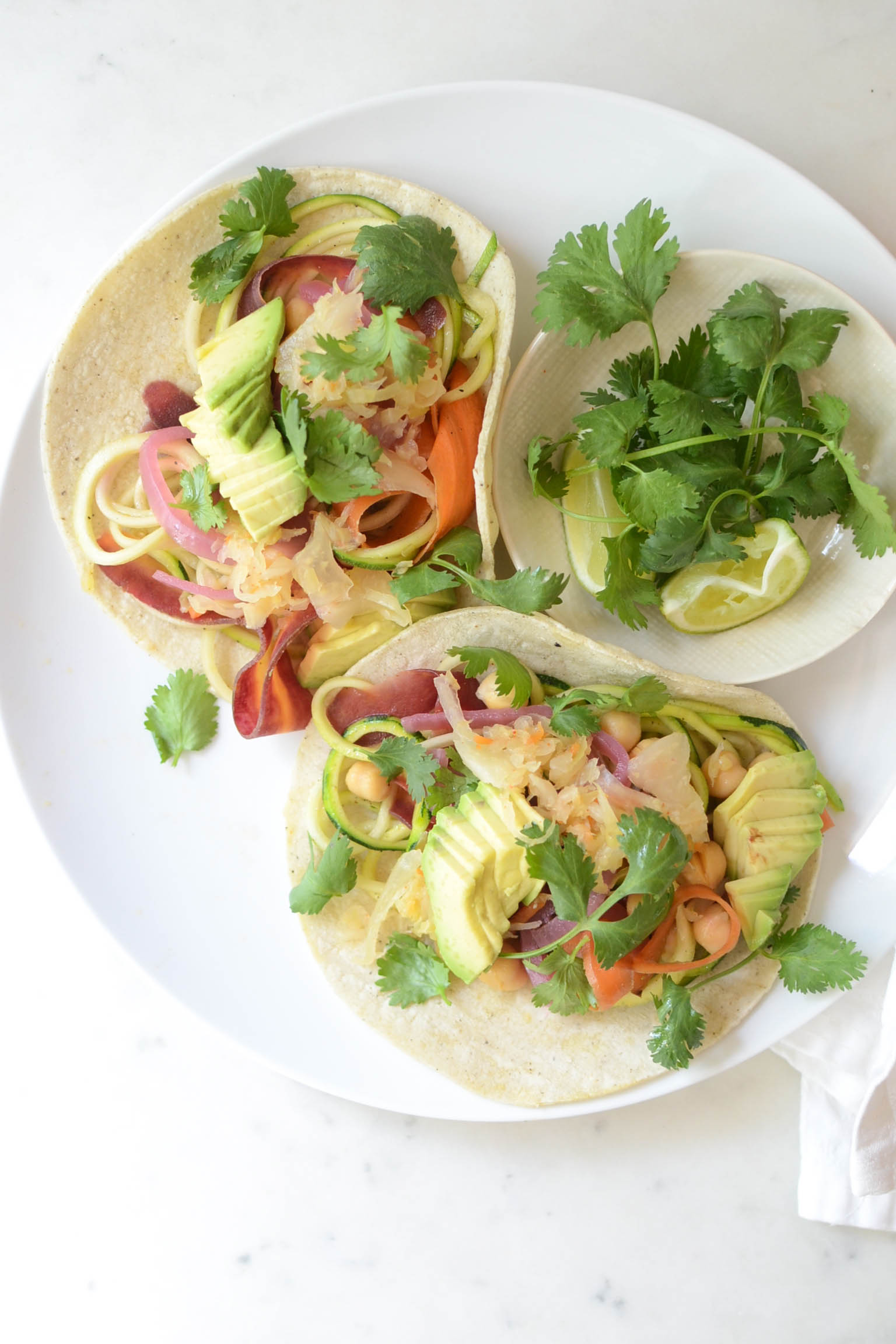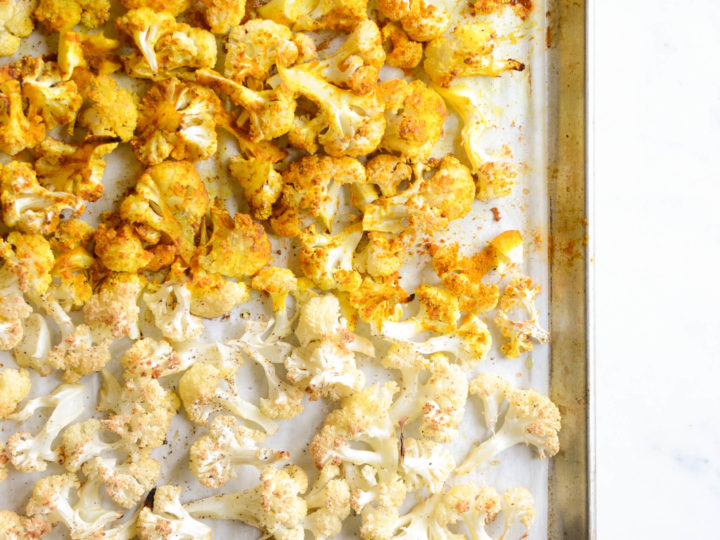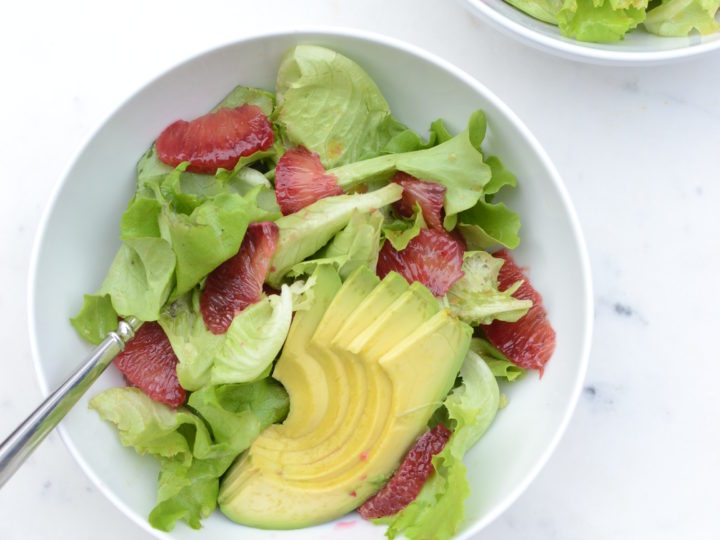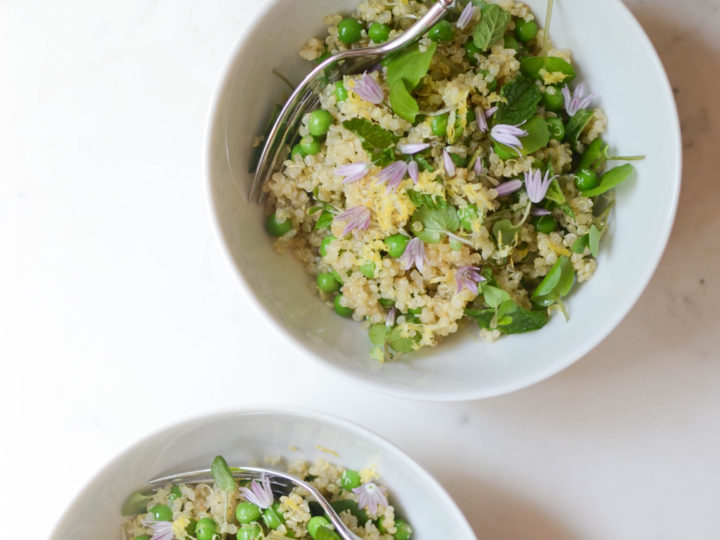
Today I’m talking health of the gut microbiota, also referred to as the microbiome (the collective genome/community of living organisms including bacteria, yeast/fungi, viruses and archaea living in our colon/large intestine). Believe it or not, we have some 1.5 quadrillion bacteria and probably ten times that in fungi and in contrast 50 trillion human cells. We are barely human! Not only are we dependent on these little critters, they also have a tremendous impact on our health! Dr. Justin Sonnenburg of Standford University and author of The Good Gut describes our gut microbiota as the control center for so much of our biology, immune function, metabolism, and even our brains are affected by chemical signals that microbes secrete in our blood stream which in turn affects mood, behavior and the progression of neurological diseases (anxiety, depression, autism, Alzheimer’s). There is research showing how certain bacteria or the lack thereof can predict which cancers you will get, whether or not you are obese and even if a baby will have colic. Scientists have only recently begun to grasp the enormity of the impact gut bacteria has on our overall health, but what they do know is mind blowing!
We now know that 60 percent of the volume of the immune system and some 80 percent of the work done by the immune system is done in your gut lining! The gut lining, which actually starts in your sinuses is the barrier system between the outside world and what you breathe, eat and drink, including drugs like antibiotics. The membrane of our gut lining is the size of 2 tennis courts in surface area, and is a cellophane like layer of cells that are about 50 microns in diameter. Think of a human hair cut in half! While this may seem like terrible engineering, it tells us that we need to be inherently in contact with the ecosystem around us and if we start to tinker with that nature, our gut membrane will become very vulnerable and start to leak. If we have a chronic inflammatory epidemic in the world (we do!), it means our immune systems are overwhelmed.
So what can we do to give ourselves a healthy gut lining and microbiome? Probiotics right? Well, that is certainly the tool we’ve all been handed, but before you fall prey to the 3.5 billion dollar probiotic industry, know that 99% of probiotic supplements are derived from bacteria colonized in a cow’s gut. As you probably know a cow has a rumen stomach which hosts completely different bacteria than our very acidic stomachs! It makes no sense that bacteria that lives in a bovine stomach would survive the journey through our very acidic stomachs and thrive in the human gut. Besides for that, probiotics are sensitive to heat and we have no idea what kind of extreme temperatures the bottle of probiotics endured on its way to us.
So what about a fecal transplant? Yes you read that right. This is a medical procedure where feces from a healthy person is put into the colon (large intestine) of an unhealthy person via a colonoscopy. While this procedure is life saving for someone dying of C. Diff. colitis, for the majority of people it is a transient fix since our microbiome turns over every three days. If you are not changing your diet and lifestyle to feed and sustain that new bacteria, you will be right back to square one in no time.
So, what CAN we do to repopulate our gut with healthy bacteria, as well as feed and sustain it over time? Today I am rounding up the best ways to do just that and they don’t involve probiotics or fecal transplants and are mostly free!
GET OUT IN NATURE – According to Zach Bush M.D. (one of the few triple board certified physicians in the US and founder of M Clinic in Charlottesville, Virginia), breathing in as many different outdoor environments as possible is a great way to repopulate our microbiome since it starts in our sinuses. Get out of your house, go on a hike, sit by a stream, have a picnic in the grass, plant an organic garden with your family, forage for wild foods. He says ferns are a really good sign because their nutrient base is the oldest ecosystem on the planet. Sit in the shade near some ferns and read a book for a couple hours. Not only will you breath in lots of good microbes, you will also have a spiritual experience being so close to nature. Dirt is another way we can come in contact with beneficial microorganisms. Some scientists estimate that the bacterial diversity in a typical soil sample is about three times those found in our gut. More and more scientific evidence is saying that exposure to these microbes may protect us from autoimmune disease.
EAT FERMENTED FOOD – Fermented foods have been an essential part of human diets dating back to the 3rd Century B.C.E. when the Great Wall of China was under construction. These are foods like tamari, tempeh, miso, sauerkraut, kimchi, whole grain sourdough and kombucha. When it comes to sauerkraut and kimchi you only need a couple tablespoons daily to make a big difference. It is so easy and cheap to make at home (maybe I’ll get around to posting a recipe soon) but you can also buy them! Look for wild fermented or lacto fermented. This is a process that begins with vegetables that naturally bear lactic acid cultures on their surfaces. They are mixed with salt to draw out the juices which preserves the vegetables while the fermentation gets started. Depending on the vegetable it takes anywhere from a couple weeks to several months for the fermenting process to reach a point where it tastes just right. Here on the east coast my favorite brand is Real Pickles. It’s so good I eat it right out of the jar, add it to a salad, or top some tacos with it (recipe below)! If you like kombucha, it’s also super easy to make at home but if you buy it look for brands with no added sugar.
AVOID GLYPHOSATE, ANTIBIOTICS & OTHER DRUGS – The trillions of cells that make up our gut lining are held together by tight junctions – velcro like proteins that hold cells together. Blood vessels, the blood-brain barrier, and the kidneys are also held together by the same tight junctions. Glyphosate, the main ingredient in Round-Up, the herbicide and crop desiccant commonly sprayed on genetically modified foods as well as grain and legume crops, increases permeability of the gut membrane by damaging the protein structure that holds your gut lining together. This condition known as “leaky gut” is part of the reason there are so many food sensitivities including foods that should otherwise be healthy for us. Large pieces of food are escaping through the gut lining before they are completely digested and the immune system labels that food as a hazard because it should never get into the blood stream without being digested. Glyphosate was actually originally patented as an antibiotic but then later re-patented as an herbicide. The best way to avoid this toxic chemical and others like it is to grocery shop according to the Environmental Working Group’s annual dirty dozen and clean fifteen list and buy organic when possible. Also keep in mind that any animal product that is not organic or at the very least non-GMO was likely fed GMO crops that were sprayed with toxic chemicals. This includes farmed fish and even fish caught in locally stocked water.
Antibiotics, which are life saving in some instances, wreak havoc on the good bacteria and microbes living in our guts. This unintended killing of our resident microbes has severe consequences on short-term and long-term health, especially in children under the age of two because their immune system is still developing. Just 5 days on Cipro wipes out 35% of our gut microbes and it can take up to 2 years to gain that diversity back, if ever. Repeated courses of antibiotics are shown to cause even more damage than the first course. Often times, the disturbances caused to the microbiota lead to problems that on the surface seem unrelated to the gut. For instance, just one course of antibiotics increases your risk of depression by 25% in the following 12 months, and additional courses increases this percentage. For women, taking 25 antibiotics over 17 years (just over one per year) doubles the risk of breast cancer! There is also the danger of the so-called antibiotic-resistant superbugs as a result of the indiscriminate use of antibiotics.
Some other drugs are also known to damage the microbiome, specifically non-steroidal anti-inflammatory drugs like ibuprofen, aspirin and naproxen as well as birth control and proton pump inhibitors (acid reducing drugs) like Nexium and Prevacid. So do your best to stay away from these all together!
GET A DOG – Children who grow up around pets have fewer allergies and asthma. This is likely because pets acquire microbes from places humans are less exposed to and increases the pet owner’s microbial diversity. Okay so don’t get a dog just for the microbial exposure, but if you already have one, awesome! If you don’t have one, and a family member or friend does, spend some time hanging around with it or simply get outside in the grass and dirt where dogs like to spend their time (as long as the grass isn’t treated with chemicals)!
STOP BEING A GERMAPHOBE – Scientists have found that children raised on farms and with more siblings have fewer allergies than children living in clean, affluent households. Although the mechanisms aren’t completely understood, it is clear that the prevalence of autoimmune diseases in populations tracks with how effectively they reduce their exposure to microbes. Most of the microbes we encounter do not cause disease, but they do tickle our immune system, largely in unnoticed ways, which continually revs up its engine in response to these microbes. These mild mini immune responses rely upon regular interactions with microbes and are part of maintaining a healthy immune system.
While washing hands and cleanliness is of upmost importance in places like hospitals where dangerous bacteria abound as well as people with compromised immune systems, for most of us, washing and sanitizing your hands 24/7 is completely unnecessary and does more harm than good. Most of the viruses that cause the flu or upper respiratory infections are not spread by shaking someone’s hand or touching a public door handle but by breathing the air that they just exhaled. Not only that, but the main ingredient in most antibacterial soaps, Triclosan, is a hormone disrupter and linked to allergic responses. Use common sense here, and find a balance that is compatible with YOUR lifestyle. If you have been somewhere like a shopping center or hospital where you are likely to have been exposed to pathogens, washing your hands is a good idea. However, if you have just been working out in your organic garden, it may actually be beneficial not to wash up right away.
EAT A DIET HIGH IN DIETARY FIBER – So we’ve covered several ways to repopulate your microbiome but how do we MAINTAIN all those beneficial critters? This is where diet plays a HUGE part in the health of our inner ecosystem. The bacteria in our gut need to eat to stay alive, and what they thrive off of is dietary fiber. Some of the best sources of “microbe food” comes from onions, garlic, and tubers like sunchokes, however, most fruit and vegetables are great sources! The entire produce section should have signs and stickers bragging of their prebiotic properties! Keep in mind there is zero fiber in animal products (meat, dairy, eggs, etc.). The more plant based we eat, the happier our gut microbiome. The more animal based we eat, the more inflammation and imbalances in our gut. This is partly why fad diets like Paleo and Keto are not sustainable or healthful in the long run. We should be aiming for at least 25-38 grams of dietary fiber daily, and more is better! In the past year I have transitioned into basically a vegan diet with fish once or twice a month and a lot of days I find myself eating as much as 100 grams! Alright, so you may be wondering what a dietary shift like this does to your digestive system. Well, it is likely you will experience a short-term increase in gas production. For my clients who have trouble with beans, I recommend starting slowly, even with a tablespoon or two and increase over time. Eventually your microbiota will adjust. It is important to make a long-term commitment to eat a microbiota friendly diet to bring about lasting change to the microbiota.

zucchini kimchi tacos
recipe from golubka kitchen summer meal plan
serves 2-4
ingredients
1 tablespoon coconut oil
1 small to medium carrot – shaved
2-3 small to medium zucchini – spiralized or julienned
about 1 cup kimchi, or more to taste (Real Pickles is my favorite)
½ cup cooked chickpeas (I used canned – BPA-free)
1 avocado, sliced or cubed
spicy pickled onions (optional – recipe coming soon)
handful cilantro leaves
tortillas of choice (I used Masienda’s heirloom corn tortillas)
directions
warm the oil in a large sauté pan. add the carrot and zucchini and sauté for a couple of minutes, until they are just beginning to soften. remove the pan from the heat, add the chickpeas and toss to mix.
warm up the tortillas, if desired, and serve the zucchini mixture inside the tortillas, topped with the kimchi, cubed avocado, pickled onions and cilantro. squeeze fresh lime on top & enjoy!




